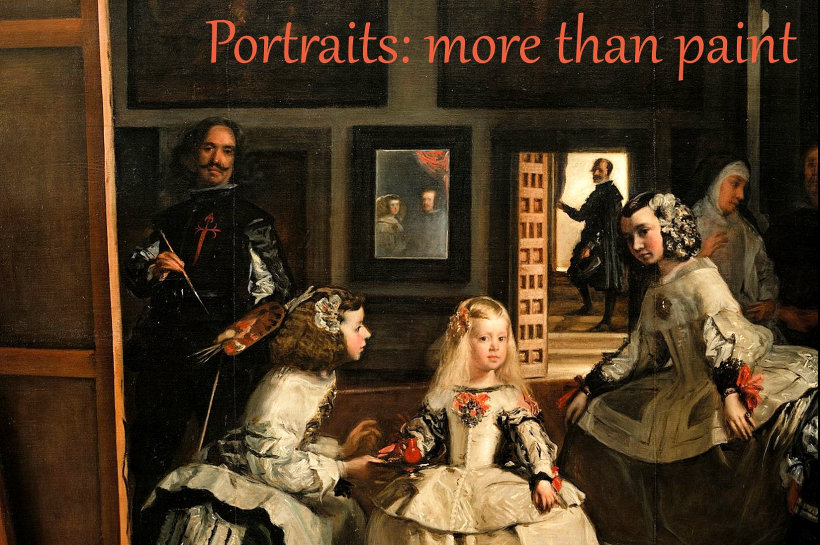10. Candid/Composed.
The camera brings two strengths to portraiture: its ability to record accurate detail, and its spontaneity. The
first is invaluable in creating an official record, such as those photographs of the current President that grace
every government office. The second does the apparent opposite, by catching a candid view of a man who is really
little different from other Americans. In practice, however, even such candid shots are carefully composed to
look candid; a truly casual view of such a subject is hard to come by.
In the second hour, we look at portrait photography more generally: its early (and still dominant) use to create a
record of the subject, various attempts to bring it closer to art, portraits that mercilessly record every wrinkle
and foible of their famous subjects, and portraitists that choose unknown ones to make social or political points.
TO THINK ABOUT
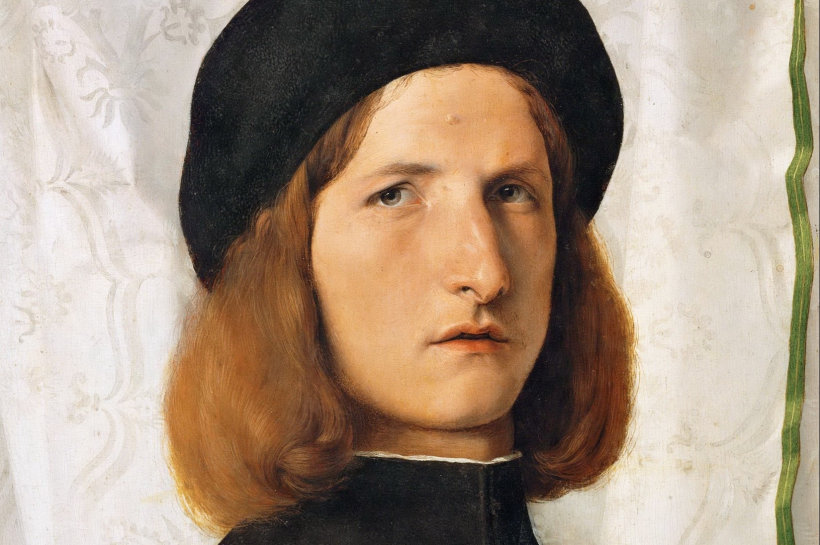
Sharon Sprung: Michelle Obama (2018, White House)
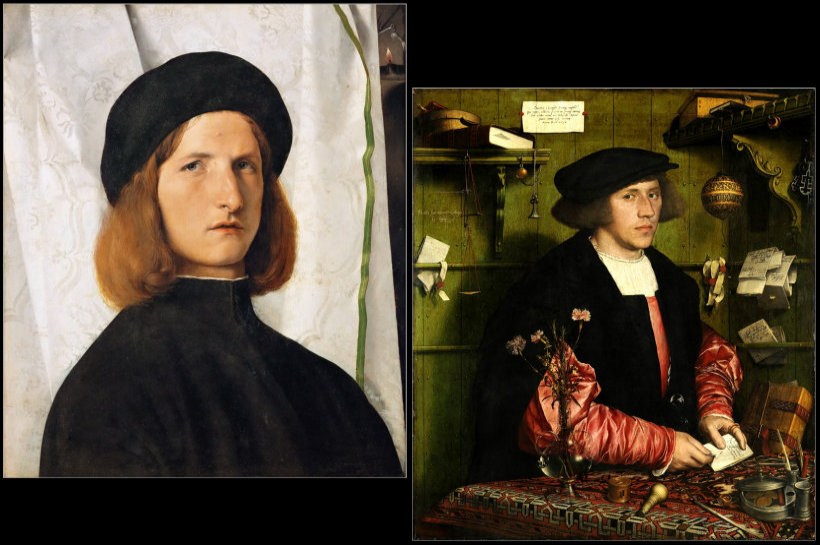
Amy Sherald: Michelle Obama (2018, National Portrait Gallery)
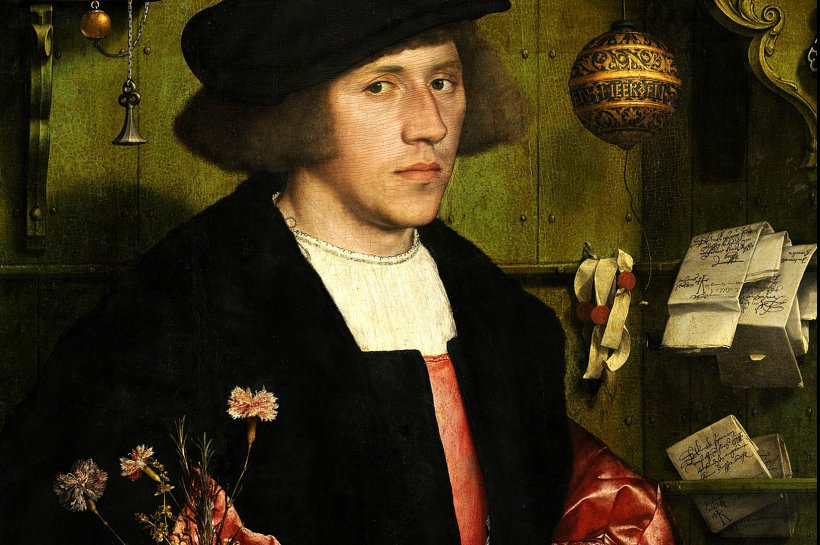
Mark Wilson: Michelle Obama (2016)
Three portraits of former First Lady Michelle Obama: the official painted portraits in the White House and
National Portrait Gallery, and a photo taken halfway through her husband's second term. Which is the most
lifelike? …the most natural? …and are these the same? Both the painted portraits have stylized color
schemes; why did each artist make these choices? Amy Sherald says that she paints the skin of all her black
subjects in this neutral grey to make you forget about race; do you think this works? The Mark Wilson photo
is a mixture of formal elements (the pose in front of the flag) and candid ones (Michelle's grin); is the
tension thus created productive or not?
Since many of the portraitists and photographers touched on in this class are specialists who did not do much
else beyond the kind of work we have seen, I have made the perhaps-arbitrary decision to give bios only for
those that crop up in other classes, or whom we treated in some detail. rb.
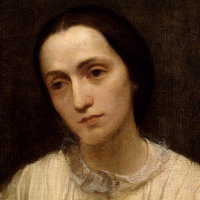 |
Julia Margaret Cameron, 1815–79. English photographer.
Julia Margaret Pattle was born in British India, and remained there until her mid-forties as a society hostess until her husband retired to England in 1845. In 1863, when she was 48, she received a box camera as a Christmas present from her daughter, as "something to amuse her." Indeed it did, and she became famous for her portraits of famous sitters, such as her neighbor Tennyson, and inventive restagings of literary works.
|
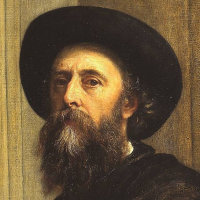 |
George Frederic Watts, 1817–1904. English painter and sculptor.
Watts, who once said "I paint ideas, not things," was a British pioneer of the Symbolist movement, and many of his works have allegorical overtones. He was briefly associated with the Pre-Raphaelite Brotherhood, and influenced by DG Rossetti, and even more briefly married to the teenage Ellen Terry, 30 years his junior; Choosing, his 1864 painting of her, remained her favorite portrait.
|
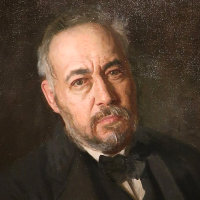 |
Thomas Eakins, 1844–1916. American painter.
Philadelphian Thomas Eakins is now counted among the greatest American-born painters of the 19th century, but in his day he was ridiculed for his insistence of realism in his portraits and scenes from everyday life. His legacy lives on, however, in the work of the Ashcan School and other painters at the turn of the century who began to give American art a distinct national style.
|
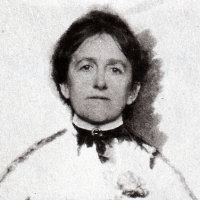 |
Gertrude Käsebier, 1852–1934. American photographer.
Though living relatively comfortably as the wife of a New York businessman, Gertrude Käsebier began to attend art school in her late thirties. Her approach to photography was closer to that of a painter than a technician, and she became involved with Alfred Stieglitz's Photo-Seccession group from its formation in 1902. She became known "for her images of motherhood, her portraits of Native Americans, and her promotion of photography as a career for women" [Wikipedia].
|
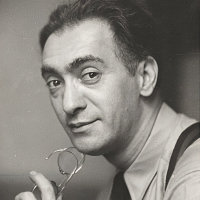 |
Nickolas Muray, 1892–1965. American photographer.
Born in Hungary, Muray emigrated to the US in 1913. He found work as a color printer, and his subsequent mastery of the color carbro process soon made him to go-to photographer for celebrity portraits, magazine covers, and advertising stills.
|
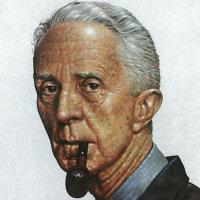 |
Norman Rockwell, 1894–1978. American painter and illustrator.
Rockwell began working as a professional illustrator at 18, and continued to become one of America's best-loved artists. His success had partly to do with the circulation of the periodicals (notably The Saturday Evening Post) that had him on their covers, and partly for his depiction of a family-friendly folksy America, but he was also an accomplished artist who could tackle serious subjects like racial and social injustice.
|
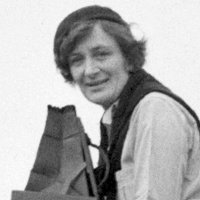 |
Dorothea Lange, 1895–1965. American documentary photographer.
During the Great Depression, Lange abandoned her work as a society portraitist in San Francisco to work for the Farm Security Administration documenting the plight of migrants fleeing the Dust Bowl—a theme similar to John Steinbeck's The Grapes of Wrath. Her most famous picture Migrant Mother (1936) put an individual human face (Florence Owens Thompson) on mass suffering.
|
 |
Elaine de Kooning, 1918–89. American painter.
Elaine Fried married Willem de Kooning in 1943, and he became her teacher. While sharing some Abstract Expressionist qualities with her husband, her own work was mostly figurative, including portraits of John Kennedy and others. Though she tirelessly promoted her husband's work and exhibited under their shared name, she chafed at always being seen in his shadow.
|
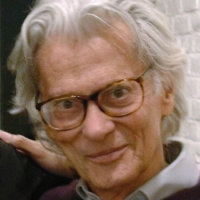 |
Richard Avedon, 1923–2004. American photographer.
For over half a century, Avedon reigned as the leading figure in American photography. Working almost entirely in black-and-white, he began in the fashion industry, then turned to portraiture, then to racial and social concerns. In many ways, he redefined the field with the startling imagination and energy of his fashion photographs and his insistence in his portraits of showing every trace of a life long lived.
|
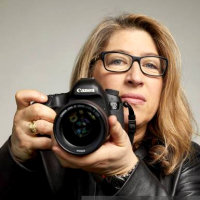 |
Lauren Greenfield, 1966– . American photographer and filmmaker.
Greenfield got involved with the application of film and photography to social concerns while still an undergraduate at Harvard. Most of her work in both mediums has been to document the traps that people fall into (particularly women) relating to such things as body image and the consumer culture.
|



